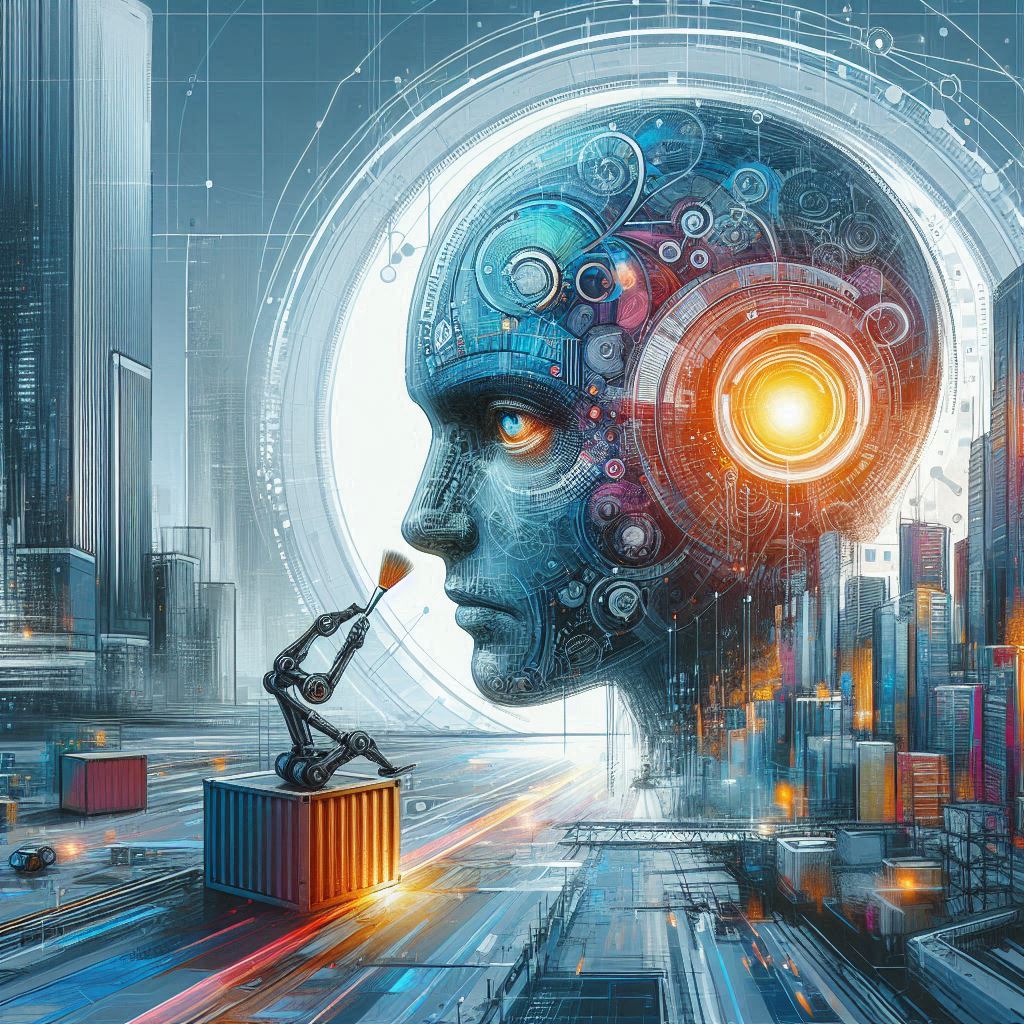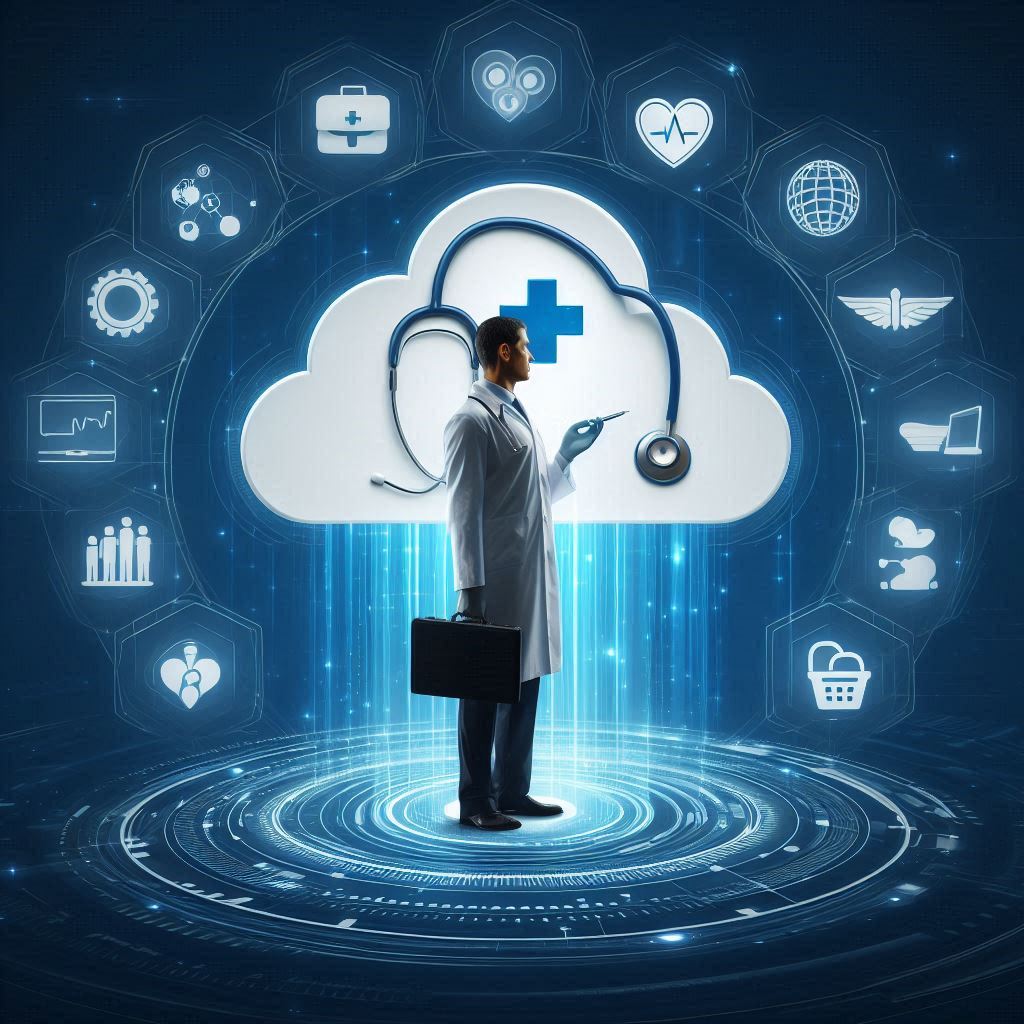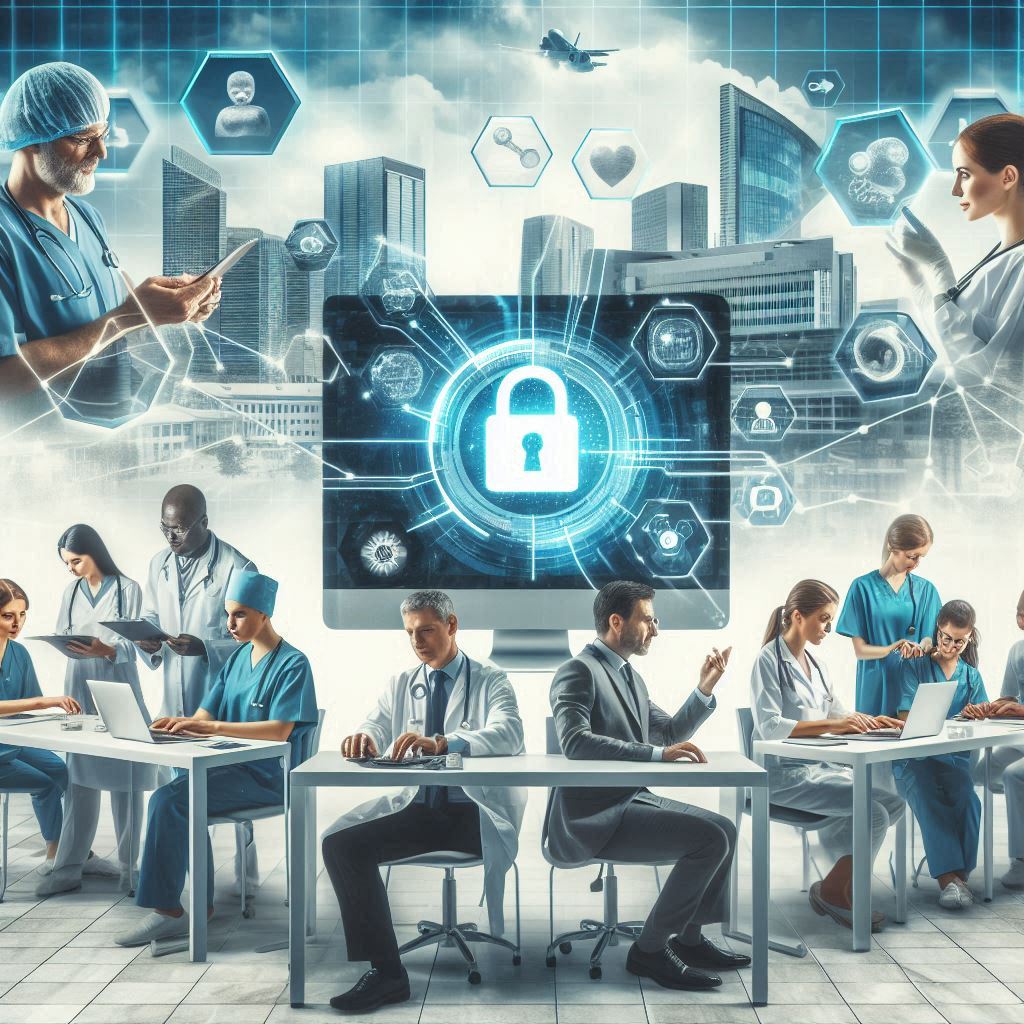
Understanding the Model Context Protocol (MCP)
The Model Context Protocol (MCP) is a new open standard designed to streamline how applications interact with Large Language Models (LLMs). In essence, MCP provides a unified way for LLMs to access external data and tools, enabling more powerful and versatile AI applications. This standardization is crucial in the rapidly evolving field of artificial intelligence, where LLMs are increasingly becoming central to a wide array of applications. By establishing a common language and framework, MCP aims to simplify the development process, improve interoperability, and unlock new possibilities for how we leverage the power of LLMs. Instead of building custom integrations for each specific LLM and tool, developers can utilize MCP to create more generalized and adaptable solutions. This not only saves time and resources but also promotes greater flexibility and scalability in AI application development.
Please listen our podcast about Model Context Protocol MCP and AI Integration Framework
The Need for MCP
LLMs have demonstrated remarkable capabilities in understanding and generating human language. However, their knowledge is primarily limited to the data they were trained on. To truly harness their potential, LLMs need to interact with the external world—accessing databases, using APIs, and retrieving real-time information.
Traditionally, integrating LLMs with external systems has been a complex and fragmented process, requiring custom code for each specific integration. MCP aims to solve this problem by providing a standardized protocol for communication between LLMs and external resources.
How MCP Works
MCP establishes a client-server architecture. The LLM application acts as the client, while external data sources and tools are accessed through MCP servers. This architecture enables LLMs to:
- Request specific information: The LLM can ask for data from a database or the result of an API call.
- Utilize tools: The LLM can use external tools to perform specific actions, such as sending an email or making a calculation.
- Maintain context: MCP helps manage the flow of information, ensuring the LLM has the necessary context for each interaction.
Key Components of MCP
- Clients: Applications (LLMs) that initiate requests for information or actions.
- Servers: Provide access to specific data sources or tools.
- Protocol: A set of rules and specifications that govern communication between clients and servers.
Basic MCP Functions
MCP defines several core functions that enable LLMs to interact with external systems:
- Resource access: Retrieve data from external sources, such as databases, files, or APIs.
- Tool execution: Execute specific actions, such as running a program or sending a message.
- Context management: Maintain and update the information the LLM needs to perform a task.
How to Use MCP
- Set up an MCP server: Configure a server to provide access to the desired data or tools.
- Implement an MCP client: Integrate the MCP client library into your LLM application.
- Define interactions: Specify how the LLM will use MCP to request information or execute tools.
- Handle responses: Process the data or results returned by the MCP server.
Benefits of MCP
- Standardization: MCP provides a single, unified way to integrate LLMs with external systems, reducing complexity and development time.
- Interoperability: MCP enables different LLMs and tools to work together seamlessly.
- Flexibility: MCP can be adapted to a wide range of use cases and applications.
- Efficiency: MCP optimizes communication between LLMs and external systems, improving performance.
- Extensibility: MCP is designed to be extensible, allowing new tools and data sources to be easily integrated.
Use Cases
MCP has the potential to revolutionize a wide range of applications, including:
- AI assistants: Enable more powerful and versatile virtual assistants that can access information and perform tasks on behalf of users.
- Data analysis: Allow LLMs to access and analyze data from various sources, providing valuable insights.
- Automation: Automate complex workflows by enabling LLMs to interact with different systems and tools.
- Software development: Facilitate code generation, debugging, and testing by enabling LLMs to access development tools and resources.
The Future of MCP
MCP is still a relatively new technology, but it has the potential to significantly impact the future of AI. As LLMs become more powerful and ubiquitous, MCP can play a crucial role in enabling them to interact with the world around them. The continued development and adoption of MCP will likely lead to a new generation of AI applications that are more capable, versatile, and integrated into our daily lives.
Specifically, as LLMs continue to evolve, their ability to process and understand information will increase exponentially. MCP will be instrumental in facilitating this growth by providing a standardized way for these advanced LLMs to access a wider range of external resources. This will enable AI applications to become even more sophisticated, handling complex tasks, and providing users with more nuanced and personalized experiences.
Moreover, the widespread adoption of MCP will foster greater collaboration and innovation within the AI community. By providing a common framework for interaction, MCP will make it easier for developers to build upon each other’s work, leading to the creation of more powerful and versatile AI tools. This collaborative environment will accelerate the development of new AI applications and drive progress in the field as a whole.
In the long run, the impact of MCP could extend beyond the realm of technology, influencing various aspects of society. As AI becomes more integrated into our daily lives, MCP will play a key role in ensuring that these interactions are seamless, efficient, and beneficial. From enhancing communication and productivity to driving advancements in fields such as healthcare, education, and scientific research, MCP has the potential to shape the future in profound and transformative ways.














